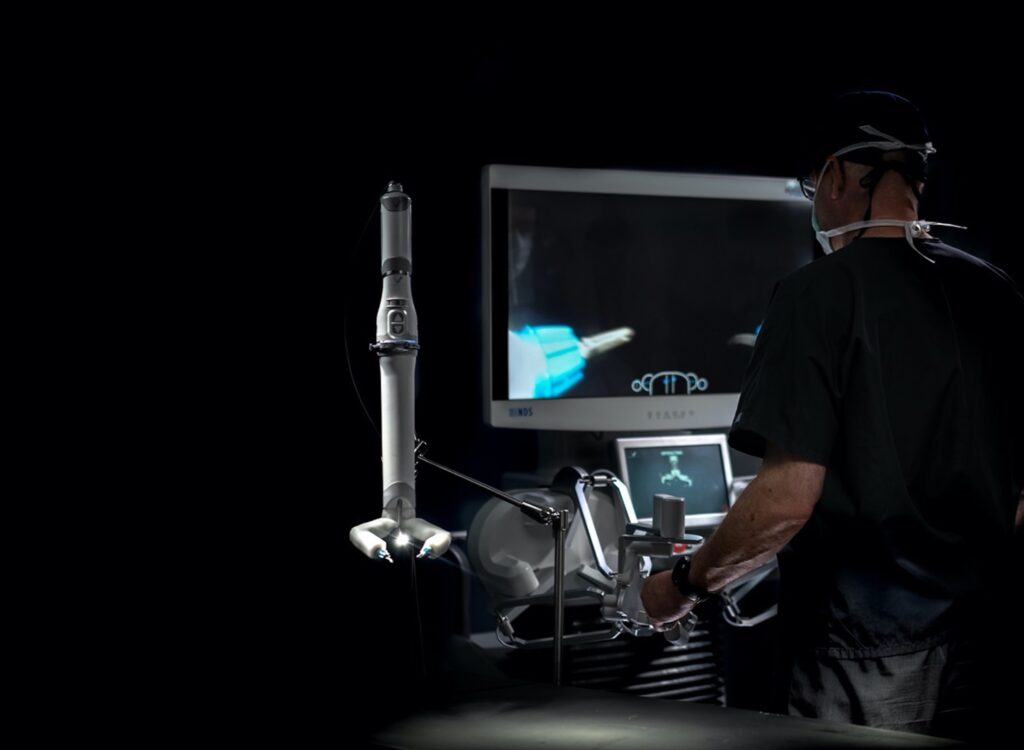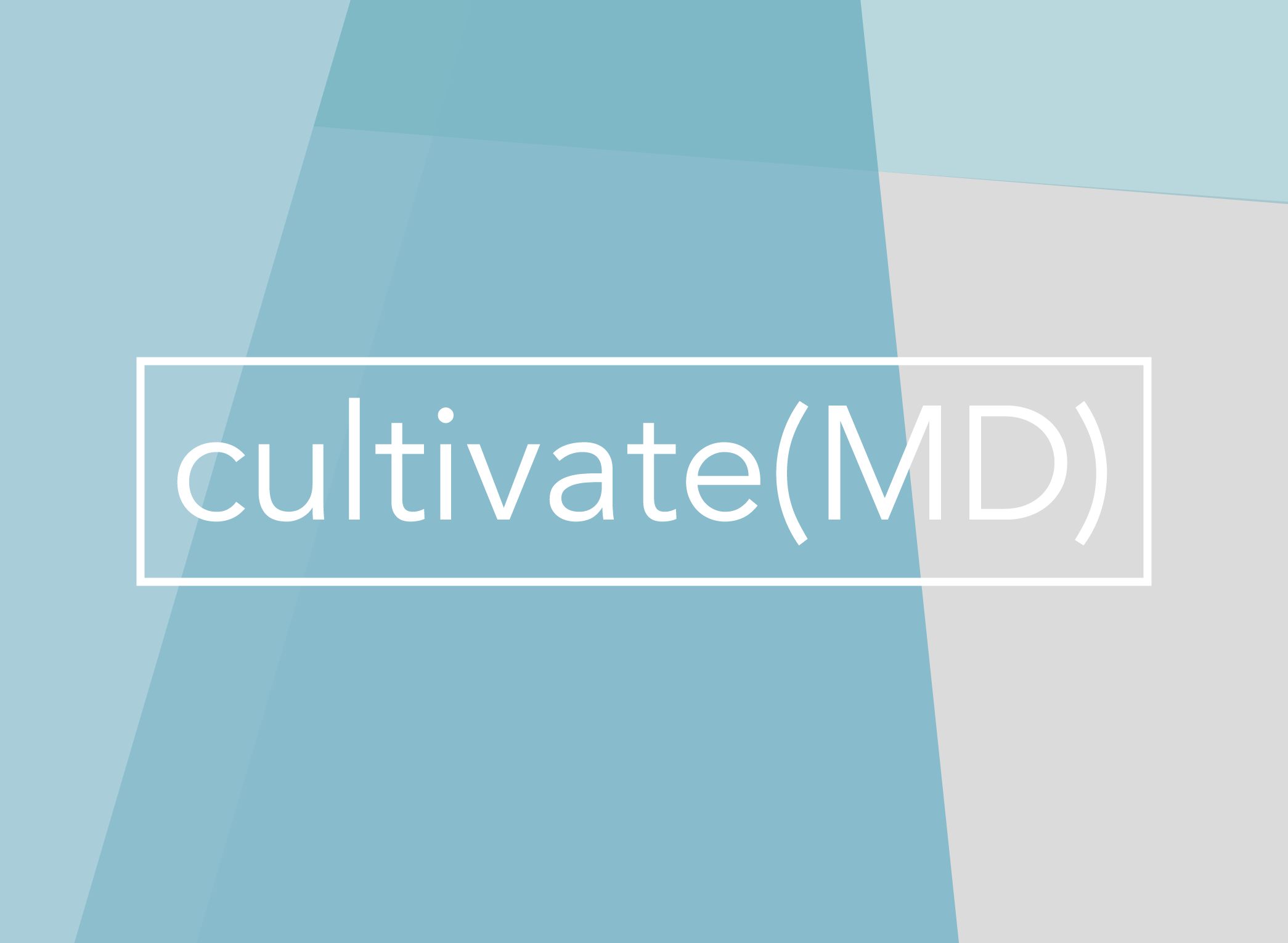Self-Directed Investing
Everything You Need to Know About Self-Directed Investing in Medical Device Companies
Many people seek to have a greater level of control over their finances, rather than entrusting their hard-earned money to Wall Street.If you find yourself in this group, self-directed investing may be a viable option to explore. This guide will provide an in-depth analysis of self-directed investing, highlighting both its advantages and challenges.A key aspect of the discussion will be how this approach can be used to make investments in the expanding medical device industry.Let’s delve into the details of this financial management strategy, aimed at potentially leading towards financial independence.
Self-Directed Investing | Overview
Self-directed investing can provide investors with control, lower costs and learning opportunities.Understand the risks associated with self-directed investing such as ill informed decisions, underperformance compared to managed accounts etc.Explore medical device companies investment strategies through cultivate(MD) or accredited investor opportunities for potential high returns.
Understanding Self-Directed Investing
Self-directed investing offers you the chance to take charge of your financial future by making your own investment decisions. Gone are the days when you had to rely solely on a financial advisor to manage your investments. With a self-directed brokerage account, you can trade various traditional investment instruments, like stocks, mutual funds, and exchange-traded funds (ETFs), directly online. However, you’re not limited to just those options when you self direct. There’s an entire world of opportunities to invest in alternative assets, such as medical device companies, real estate, precious metals, and more.By choosing and managing your own investments, you can enjoy benefits such as lower costs, control over your portfolio, and valuable learning opportunities. However, it’s crucial to be aware of the potential risks and challenges involved, as self-directed investing can be time-consuming and may lead to underperformance compared to professionally managed investments.To successfully navigate the world of self-directed investing, it’s essential to evaluate your individual situation, investment objectives, and seek counsel from a financial advisor if necessary. In the following sections, we’ll dive deeper into the concept of self-directed investing, its various account types, and how you can utilize it to invest in medical device companies.

What is Self-Directed Investing?
Self-directed investing can be likened to being the captain of your own financial ship. This metaphor paints a vivid picture of what it means to embrace this approach. Just like a seasoned seafarer who has the autonomy to plot their course through a vast expanse of water, self-directed investors similarly navigate through a wide array of investment opportunities.In the realm of finance, these “oceans” represent the vast markets filled with diverse investment options. From individual stocks and bonds to real estate, private businesses, and alternative assets like cryptocurrencies, these markets present a variety of routes you can take towards achieving your financial objectives. Each investment path comes with its unique set of potential rewards and risks, requiring the investor to make thoughtful decisions based on their individual financial goals, risk tolerance, and market knowledge.Central to self-directed investing is the idea of empowerment. Rather than entrusting your financial future to a third party or limiting yourself to traditional Wall Street investment options, self-directed investing allows you to take the helm. You’re no longer a passive participant but an active decision-maker, deciding where, when, and how your money is invested.It’s important to note that with greater control comes increased responsibility. As a self-directed investor, you are accountable for your investment decisions and their outcomes. Thus, successful self-directed investing necessitates a significant commitment to financial education and ongoing market research. This approach is often most fitting for those who are ready and willing to invest the time and effort into understanding the markets and making informed investment decisions.
Benefits of Self-Directed Investing
One of the most significant advantages of self-directed investing is the control it offers you over your investment decisions. You’re in the driver’s seat, deciding which investments to make, when to make them, and how much to invest. This level of autonomy can result in lower costs compared to traditional investments managed by financial advisors or brokers. Moreover, it provides you with the opportunity to advance your knowledge and develop your investing acumen by making decisions based on your research and evaluations.The principle of “invest in what you know” is often emphasized in the investment world. This is because knowledge and understanding of the industry or company in which you are investing can significantly increase your chances of making profitable decisions. Self-directed investing amplifies this advantage by enabling you to direct your resources towards sectors, businesses, or assets that you are most familiar with.For instance, if your professional background is rooted in the healthcare industry, you’re likely equipped with a comprehensive understanding of trends, emerging medical technologies, and leading entities in this sector. This intricate knowledge can be invaluable, allowing you to recognize promising investment opportunities within healthcare that may be overlooked by individuals less familiar with the industry. Similarly, if you are deeply interested in the field of personalized medicine or digital health technologies, you could be more attuned to the growth potential of companies innovating in these areas, thereby positioning yourself advantageously to evaluate their long-term investment prospects.The beauty of self-directed investing is that it gives you the freedom to leverage your personal knowledge and passions in a way that can directly influence your financial growth. It encourages a proactive approach to investing, where your unique insights and understanding can be used to identify opportunities and assess risk more effectively. This can create a sense of empowerment and engagement with your financial future that is often less present with traditional managed investment strategies.However, it’s crucial to remember that while investing in what you know best can provide an edge, it should be balanced with a diversified portfolio approach to spread risk. Comprehensive research, ongoing education, and possibly even professional advice, are key components to making informed and balanced investment decisions.However, it’s essential to be mindful of the potential risks and challenges associated with this approach, as we’ll discuss in the next section.
Risks and Challenges of Self-Directed Investing
While self-directed investing can be empowering, it’s not without its challenges. One of the most significant hurdles is the time and effort required for research and active monitoring of your investments. Additionally, without the guidance of a professional advisor, you may face a higher risk of making ill-advised decisions and suffering financial losses.The potential for underperformance compared to managed accounts is another risk to consider when engaging in self-directed investing. To mitigate these risks, it’s crucial to conduct thorough research, be aware of the risks associated with your chosen investments, and seek professional guidance if necessary.Now that we’ve covered the basics of self-directed investing, let’s explore the various types of self-directed investment accounts.
Types of Self-Directed Investment Accounts
As you venture into the world of self-directed investing, you’ll encounter various account types to suit your needs and preferences. From traditional brokerage accounts to retirement accounts and even managed or unmanaged accounts, there’s a self-directed investment account for everyone.In this section, we’ll delve into the different types of self-directed investment accounts and help you choose the one that best aligns with your financial goals. By understanding the differences and benefits of each account type, you can make informed decisions about which self-directed investment account is right for you.Let’s take a closer look at each type.

Brokerage Accounts
A brokerage account is a type of self-directed investment account that allows you to trade a variety of investments, such as stocks, bonds, mutual funds, options, futures, and international stocks. With a self-directed brokerage account, you can make your own trading decisions and access a wide range of investment options to create a personalized portfolio.Brokerage firms provide resources, such as research reports, educational articles, and online tools, to support self-directed investors in their decision-making process. By utilizing these resources, you can gain valuable insights and make well-informed trading decisions, ultimately increasing your chances of success in the world of self-directed investing.
Retirement Accounts
A retirement account, such as an Individual Retirement Account (IRA) or a 401(k), is a long-term savings vehicle designed to help individuals save for their future retirement. These accounts can also be self-directed, giving you greater control over your retirement savings and allowing you to select your investments, including stocks, bonds, mutual funds, and ETFs.A Checkbook IRA, also known as a Self-Directed IRA with checkbook control, and a Checkbook 401(k), also referred to as a Solo 401(k), are types of retirement accounts that provide the account holder with greater control and flexibility over their investment decisions. They essentially allow the investor to “write checks” for their investments, hence the name.In a traditional Self-Directed IRA (Individual Retirement Account), each investment decision needs to go through the custodian of the account, which can take time and often involves additional fees. With a Checkbook IRA, the account holder forms a Limited Liability Company (LLC) that is owned by the IRA and managed by the IRA holder. This LLC structure enables the IRA holder to make investment decisions directly, without having to go through the custodian, hence offering more immediate control over the IRA funds.A Checkbook 401(k), on the other hand, is designed specifically for self-employed individuals or small business owners with no full-time employees other than possibly a spouse. It combines the features of a Self-Directed IRA with the benefits of a Solo 401(k), including higher contribution limits and the ability to make loans to yourself. The account holder acts as the trustee of the 401(k) plan, allowing them to make investment decisions without needing approval from a custodian.Both Checkbook IRA and Checkbook 401(k) give the account holder the opportunity to invest in a wide array of assets, including real estate, private companies, precious metals, and more, along with traditional stocks and bonds. This can provide more diversification opportunities and potentially higher returns, although it also comes with increased risks and responsibilities.It’s important to note that while these accounts provide more control, they also require the account holder to have a good understanding of the IRS rules and regulations to avoid prohibited transactions. Missteps can lead to significant tax penalties. Therefore, it’s recommended to consult with a tax advisor or a professional specializing in these types of accounts before setting up a Checkbook IRA or 401(k).
Managed vs. Unmanaged Accounts
When choosing a self-directed investment account, you’ll encounter both managed and unmanaged accounts. Managed accounts are administered by a professional money manager or management firm, whereas unmanaged accounts are owned and operated entirely by the individual who created them. Managed accounts offer access to professional advice, diversification of investments, and the ability to capitalize on market opportunities promptly. However, they may also incur higher fees and lack direct control over investments.On the other hand, unmanaged accounts offer lower fees, complete autonomy over investments, and the opportunity to tailor investments to one’s individual needs. The trade-off is the requirement for investors to possess deep understanding and expertise to make informed decisions, and the potential for losses due to insufficient diversification or the absence of professional guidance. Additionally, these accounts often have no trade or balance minimums, providing more flexibility for investors.
Medical Device Companies as Alternative Assets Investment Strategies
If you’re looking for an alternative asset investment strategy, medical device companies present an exciting opportunity. The global medical device market is expected to experience a 5.5% compound annual growth rate (CAGR) over the next decade. This could potentially take it up to US$850 billion in 2030. The global increase in population aging is resulting in a surge in the incidents of diseases such as cancer, diabetes, cardiovascular, neurological, orthopedic and respiratory diseases. This is driving significant growth in the healthcare sector, making health care equipment an interesting investment option.Investing in medical device companies allows you to tap into this growing market and diversify your investment portfolio. In the next section, we’ll discuss how self-directed investors can invest in medical device companies and the factors to consider when doing so.

Self-Directed Investing In Medical Device Companies
As a self-directed investor, you can invest in medical device companies through various means, such as medical device stocks, medical device ETFs, or other investment vehicles such as venture capital funds. When investing in medical device companies, it’s crucial to consider factors such as clinical trials, regulatory approvals, and patentability.By researching and evaluating these factors, you can make informed decisions about which medical device companies to invest in and potentially enjoy high returns on your investments. Keep in mind, however, that investing in medical devices carries certain risks, such as the potential for changing regulations and technological advances in the industry, as well as the possibility of product liability lawsuits which could lead to financial losses.

If you’re looking for a specialized investment platform focused on the medical device industry, cultivate(MD) may be an option for you to consider. This advanced medical venture capital fund draws on extensive healthcare experience and provides self-directed investors access to carefully selected investment opportunities.By investing in medical device companies through cultivate(MD), you can enjoy the benefits of access to exclusive investment opportunities, experienced healthcare professionals as resources, and the option to diversify your portfolio.

Accredited Investor Opportunities
For accredited investors, who meet certain criteria established by the Securities and Exchange Commission (SEC), exclusive self-directed investment opportunities in medical device companies are available through funds such as cultivate(MD). These opportunities allow accredited investors to take advantage of the growing market and potential for high returns.By leveraging their accredited investor status, self-directed investors can access investments in medical device companies that may not be available to regular or non-accredited investors. This exclusive access to medical device investments can potentially lead to significant gains for accredited investors who are willing to navigate the risks and challenges associated with this sector.

Summary
In conclusion, self-directed investing offers a world of opportunities for individuals looking to take control of their financial future. By understanding the concept, benefits, and challenges, as well as the different types of self-directed investment accounts, you can make informed decisions and tailor your investment strategy to your needs and preferences.The medical device industry presents an exciting alternative asset investment opportunity, with a growing market and potential for high returns. Whether you’re an accredited investor or just starting your journey in self-directed investing, the world of medical device companies offers unique opportunities for diversification and growth. If you are interested in learning more about investing with cultivate(MD), please feel free to contact us.
